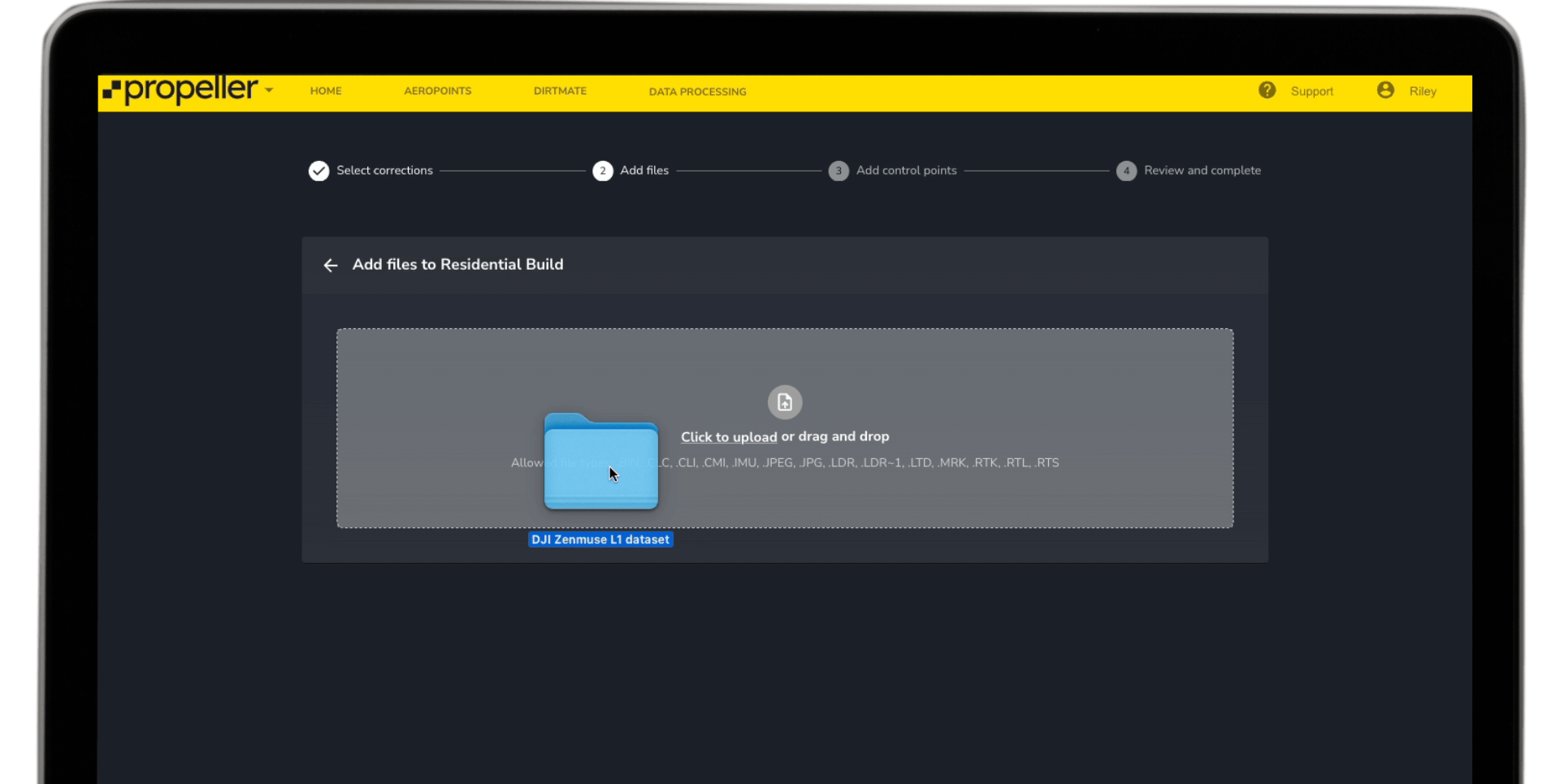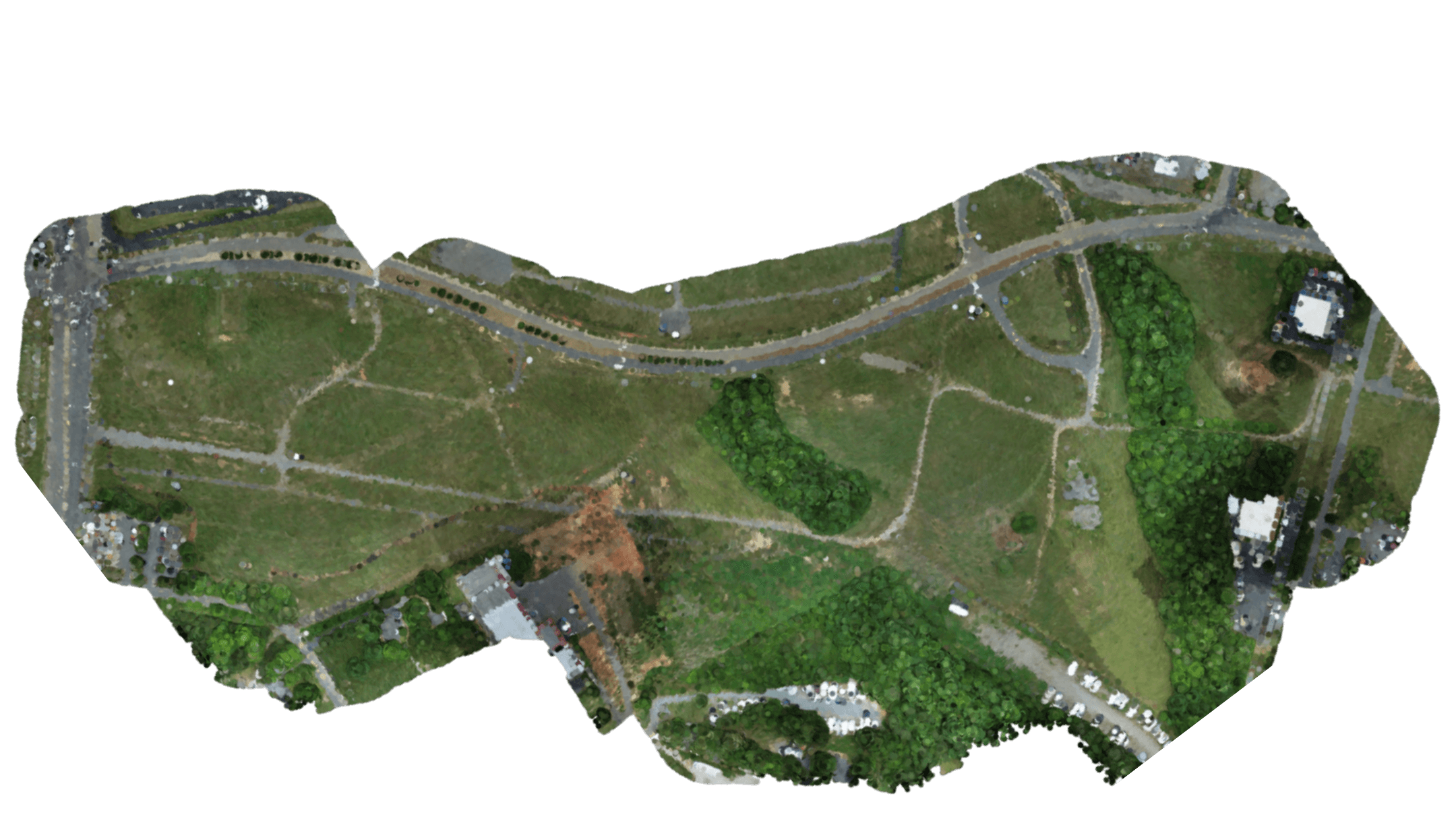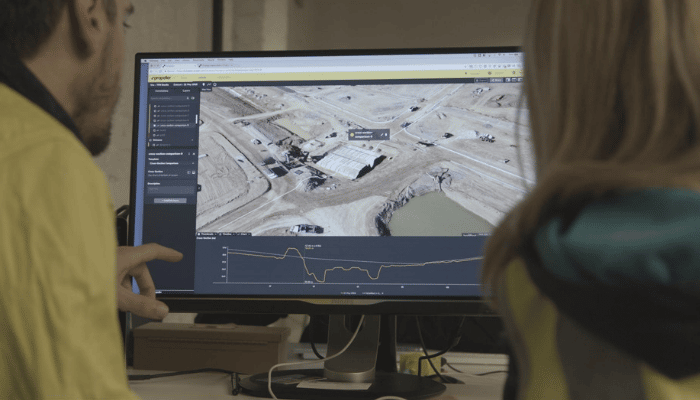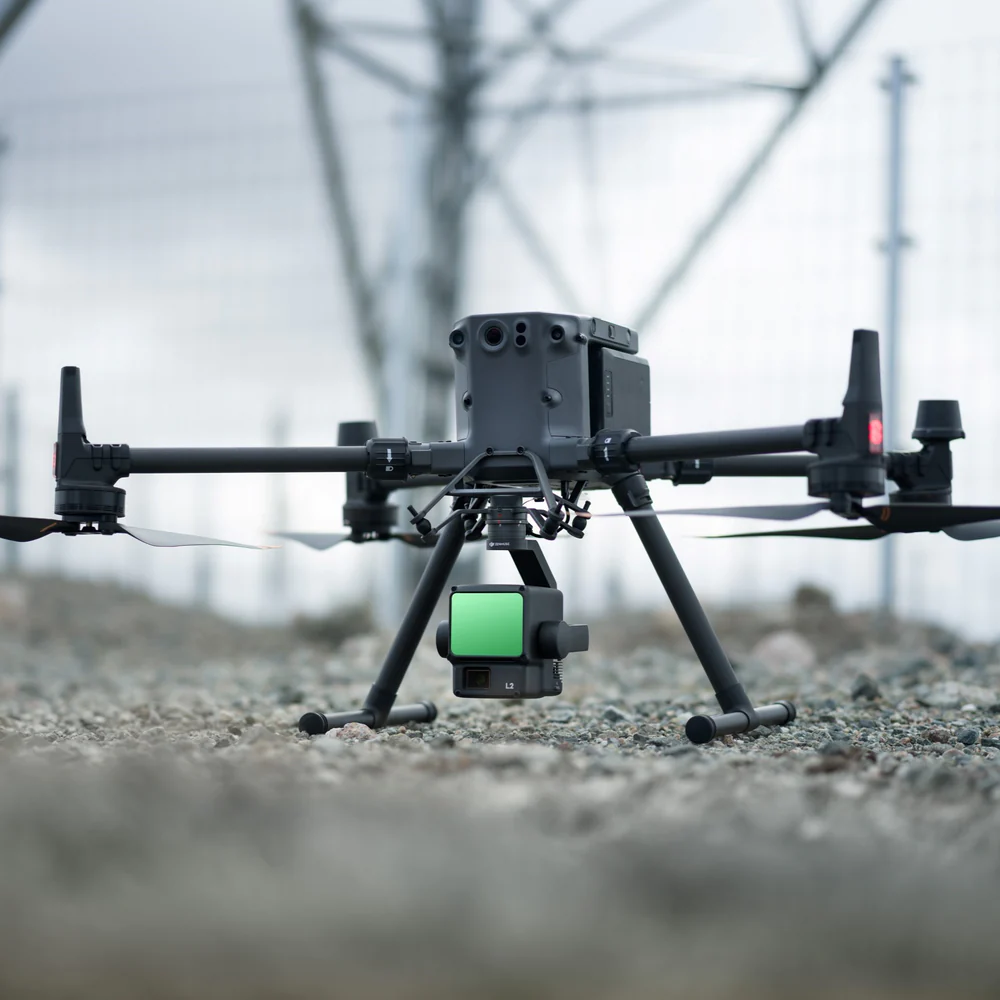Home/Lidar Survey Processing
Lidar Survey Processing
Propeller’s DJI Zenmuse L1/L2 workflow brings expert support and speed to lidar surveys. With a fully integrated workflow, anyone can capture bare earth under vegetation accurately — without the hassle and expense.
Easy
We’ll process your data in the coordinate system you need, whether it’s global or local, and alert you when it’s ready.
Scalable
Survey as much as you need – no matter the size or frequency of your lidar surveys, we’ve got you covered.
Accurate
Capture bare earth under vegetation with 2/10ft accuracy using the DJI M300 or M350 drone and the Zenmuse L1/L2 sensor.
Connected
Process your photogrammetry and lidar data quickly and reliably at any volume with the help of our geospatial experts.
Your job can be tough, we can make it easier.
Expedite lidar survey processing.
Let our processing pipeline do the heavy lifting. You’ll save time, training, and infrastructure costs while delivering accurately classified ground data.
Enjoy a geospatial data hub.
A one-stop shop for your photogrammetry and lidar needs. Supporting you from bidding to progress tracking, you can map, measure, and manage your survey data with Propeller.
Bid with confidence.
Capture initial ground under vegetation before you bid on a job so you can validate the full scope and maximize profit margins.
Get data catered to your worksite, in your preferred coordinate reference system.
Choose from our database of over 5,000 published CRS, or upload a local CRS of your own. No after-the-fact transformation needed.
Say hello to DJI’s Zenmuse L2 workflow, powered by Propeller.
Step 1
Fly the drone.
Survey your site with the M300 or M350 and L1/L2 sensor.

Step 2
Upload your lidar data, and we’ll do the rest.
Drop your raw lidar files from the DJI Zenmuse L1/L2 into Propeller.

Step 3
Check your accuracy.
Review a PDF processing report showing the final accuracy of your lidar survey.

Step 4
Visualize your lidar survey.
View your point cloud in Propeller and visualize your rough orthophoto on the map.

Want the end-to-end workflow? Learn how our geospatial experts process photogrammetry surveys in a matter of hours.
All your FAQs, answered.
Yes, local coordinate reference systems are supported.
- Zenmuse L2 files – CLC, .CLI, .CMI, .IMU, .LDR, .RTK, .RTL, .RTS, .bin (EVENTLOG), .MRK
- Photo JPGs
- Minimum of one GCP for published sites, two for local sites
Static Download
- Rough orthophoto in the site CRS (GeoTIFF)
- Digital Terrain Model (DTM) in site CRS (GeoTIFF)
- Elevation Contours in 1 and 2 unit values (DXF)
- Point cloud in the site CRS (LAS)
- PDF Processing Report
Dynamic Download
- Rough orthophoto (GeoTIFF, JPEG, KML, JP2, PNG)
- Outline (DXF or KML)
- Surface (DXF or TTM (usually for Stratus only))
- Point cloud (LAS, LAZ or CSV)
They are applied to the terrain, not the point cloud, and will work the same as other surveys
Yes, composite terrain models and/or orthophotos can include any dataset—lidar, photogrammetry, or preprocessed. However, we do not support point cloud composites. Point cloud and VFI are not supported.
At the moment, this is the only classification we support. If you have other classification needs, we would love to learn more. Please reach out to your CSE to drop feedback.
Yes, this is performed to ensure the most accurate point cloud and terrain data is produced.



